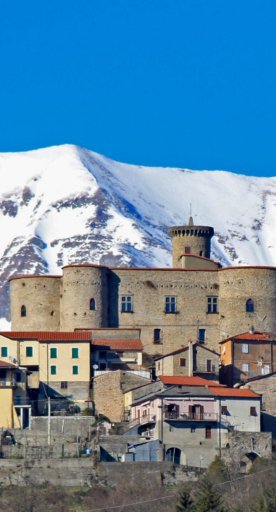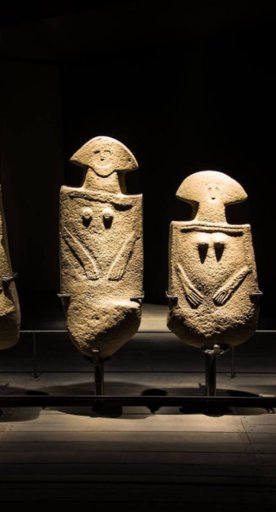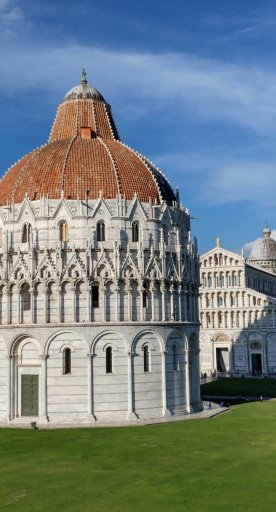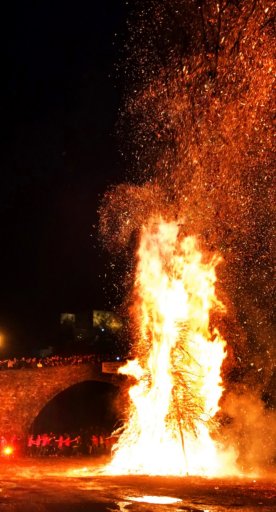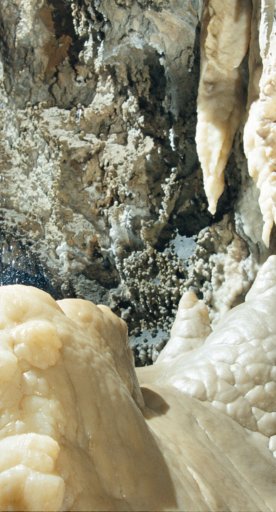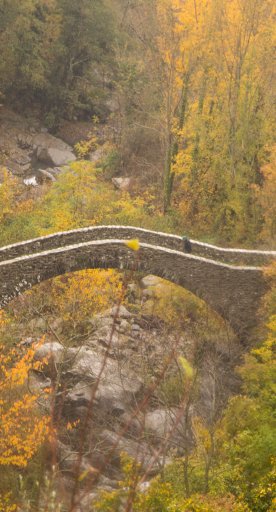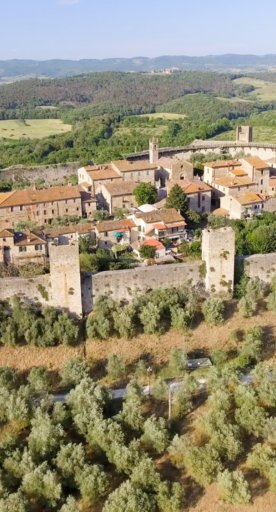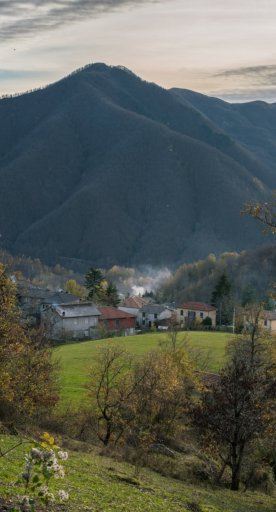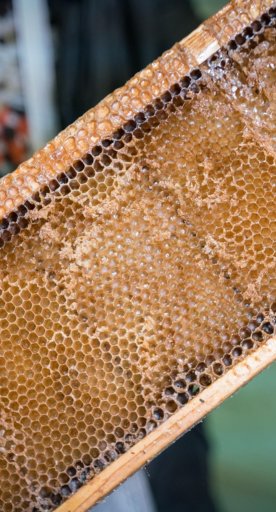

Discovering the romantic Fosdinovo
How to spend Valentine's Day in this charming village in Lunigiana
What better occasion to visit the town of Fosdinovo than Valentine's Day? Strolling among the castle, the square and the houses, with their timeless legends, full of history but also of lost and troubled loves, becomes an exciting experience to do as a couple. The walls of the Malaspina castle provide the setting for one of the most beautiful, yet poignant love stories in Lunigiana!
-
1.The Castle: between legend and reality
-
2.Historic center and Piazza Matteotti
-
3.Panoramic terrace
-
4.Tasting of local products and wines
-
5.The other beauties of the village
The Castle: between legend and reality

The protagonist is Bianca Maria Aloisia, daughter of the Marquis Malaspina, who fell in love with the castle stableman and, because of this feeling, was walled up alive along with a boar, a symbol of rebellion against the family, and a dog, a symbol instead of fidelity to the beloved. Legend has it that, walking around the castle, one can still sense the presence of the ill-fated princess!
Another reason to visit the Malaspina castle is the fact that tradition has it that the "supreme poet" Dante Alighieri, called to Lunigiana in 1306 by Marquis Franceschino Malaspina, stayed among its rooms.
The fortress presents itself to visitors' eyes as a medieval structure, expanded in fact in the 14th century by Spinetta and Galeotto Malaspina and renovated several times over the centuries.
Historic center and Piazza Matteotti

In Fosdinovo you will also find traces of another legend with a love background shrouded in mystery, the protagonist of which is Piazza Matteotti. A cross engraved on the bricks of the parapet tells us the story of a woman who fell from it on St. Remigio's Day, October 1, during World War II. This, perhaps, would have occurred because of a scuffle with a man, but even more likely the woman committed suicide because of unrequited love.
Panoramic terrace

A not-to-be-missed stop on the day dedicated to love is the beautiful panoramic terrace, located at the end of the main street, from which there is a view that reaches as far as the hills behind La Spezia, Portovenere, Bocca di Magra, and even as far as the island of Elba, the Gorgogna, Capraia, Corsica and Livorno.
What may look like an ordinary terrace, are actually the ancient city walls, along which one can also encounter the quadrangular towers, collapsed in the early 20th century, and the Porta di Sotto, the southern entrance to the town.
Tasting of local products and wines
The slopes overlooking the sea give us some of Fosdinovo's most prized and well-known products. Here, where vines, olive trees and Mediterranean scrub grow luxuriantly, high-quality extra virgin olive oil and excellent wines are produced.
In fact, a culinary stop not to be missed are undoubtedly the castle and the cellars of Fosdinovo, a famous production area of Colli di Luni DOP wines (white and red), including the fresh and fragrant Vermentino.
The other beauties of the village

Those just mentioned are undoubtedly the most striking and fascinating places you can come to admire in Fosdinovo on February 14, but the wonders the town holds do not end there.
Through the Porta di Sopra we enter the village and encounter Torre Malaspina, home of the Tourist Information Office and the important archaeological exhibition (which can be visited upon request) also made with the highly prestigious and significant artifacts found during the excavations of the Ligurian-Apuan necropolis of Pulica. The route continues to Sauxillanges Square to reach the imposing castle.
If we walk toward Via Papiriana, the main street, we see a building that came into being between 1761 and 1769 as a court theater. We then come to the oratory of the confraternity "Dei Rossi", with its polychrome altar from the 18th century, and nearby, that of the confraternity "dei Bianchi", with its facade made entirely of white Carrara marble. The two oratories are commonly named for the color of the hoods worn by the brethren.
Adjacent to them, it is interesting to visit the parish church of St. Remigio, whose interior houses the tomb of Galeotto Malaspina and the statue of the saint that gives the church its name.



